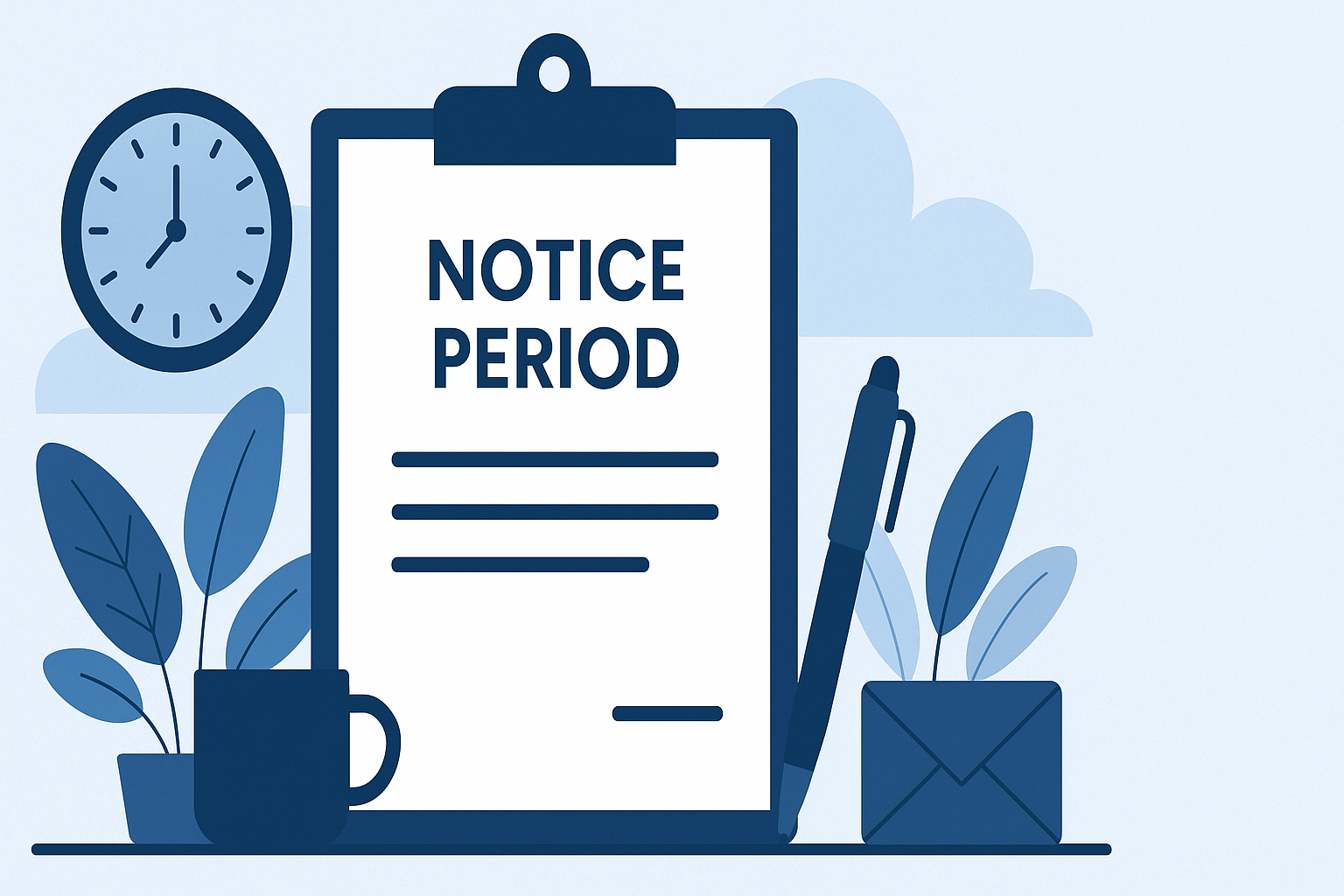For businesses to best manage their employee absences, it’s vital that they have an idea of as many reasons their employees might be absent as possible. Recognizing the different types of absence and understanding various absence types is crucial, as it allows organizations to categorize and address each scenario effectively. This allows you to plan accordingly and put measures into place that ensure you aren’t caught short-staffed.
Though you may have a plan for most common reasons, such as holiday allowance and sick leave, you may not have a strategy or policy in place for others – which could result in being caught off-guard at the least convenient times. Workplace absence and workplace absences can present very different challenges for businesses, making it essential to implement effective absence management strategies tailored to each situation.
With that in mind, here is a list of reasons your staff could be absent from work, broken down into authorised, unplanned, and unauthorised absences.
Introduction to Absence Management
Absence management is a vital part of any organization’s human resource strategy. It involves monitoring, managing, and minimizing employee absences to ensure that business operations run smoothly and efficiently. With a variety of absence types—ranging from planned absences like annual leave, maternity and paternity leave, to unplanned absences such as sickness absence—having a clear approach is essential. Effective absence management not only helps reduce the impact of employee absences on productivity and team morale, but also ensures that employees feel supported during times when they need to be away from work. By understanding the different types of absences and implementing robust absence management practices, organizations can balance the needs of the business with the wellbeing of their staff, making it easier to handle both planned and unplanned absences as they arise.
Absence Policy
A comprehensive absence policy is the foundation of effective absence management. This policy sets out the rules and procedures for reporting and managing employee absences, including sickness absence, unplanned absences, and unauthorized absences. A well-crafted absence policy helps reduce excessive absenteeism, clarifies expectations for both employees and managers, and supports a positive workplace culture. It should clearly outline how to report absences, the process for managing sickness absence, and the steps taken when dealing with unauthorized absences. Additionally, the policy should specify the consequences of frequent or excessive absenteeism, while also highlighting the support available to employees facing difficulties, such as access to employee assistance programs or flexible working arrangements. Regularly reviewing and updating the absence policy ensures it remains relevant and effective, helping organizations respond to changing needs and maintain high levels of employee engagement and productivity.
Authorised absence
Annual leave is the most common reason for staff absence and is considered both an authorised absence and a planned absence. Fortunately, these planned absences are arranged ahead of time so they’re also the easiest to plan for. On the other hand, because employees taking holiday is such a common occurrence, without a streamlined system in place, such as a centralised employee leave tracker, dealing with annual leave can needlessly take up a lot of HR’s time. Bank holidays are another form of authorised absence, and employees are legally entitled to these days off as specified in their employee’s contract or employment contracts. Statutory sick pay and sick pay may also apply to certain types of authorised absences, depending on the circumstances.
Training
Employees will occasionally need time off for their professional development. Often, this might entail actually coming to work but being unavailable for their usual responsibilities.
Appointments
Your staff will routinely need time off for medical appointments and dental appointments they can only take during the workday. You need to decide in advance how this will be recorded and administered. For example, will time be deducted from their annual leave allowance or recorded as a different type of absence. For certain absences, a doctor’s note or medical certificate from a healthcare professional may be required to validate the absence. Statutory sick pay and sick pay may also be relevant for authorised absences due to illness.
Maternity and paternity leave
Maternity and paternity leave are also arranged far in advance so your company can make the necessary arrangements, namely who’s going to take over the departing employee’s workload. Statutory maternity leave and parental leave are types of authorised absence, and employees are legally entitled to these under employment law and their employment contracts.
Sabbatical/career break
These typically last a few months to a year and are unpaid. Common reasons for requesting a sabbatical include wanting to travel and needing time off to study. Often, however, employees can arrange to use their remaining annual leave allowance as part of their sabbatical, so HR needs to have accurate records of how much they have remaining – including any TOIL they’ve accrued or dates they’ve carried over. Procedures related to requesting and approving such absences should be clearly outlined in company policies.
Allowing employees to take authorised absences and encouraging employees to use their leave entitlements supports well-being and ensures compliance with legal and organisational requirements.
Unplanned absence
Sickness
Alongside annual leave, sickness is the most common reason for employee absence. Unplanned absence and unplanned absences, often caused by unforeseen circumstances and family emergencies, are significant categories that employers must manage. As your employees falling ill at some point is inevitable, it’s crucial to have a plan in place for managing sickness absence, in order to minimise disruption to your business. For actionable advice and proven strategies to reduce staff absences and sick leave, visit this guide.
Additionally, there are other reasons for absence that can also fall under ‘sickness’, including serious illness, ill health, and health issues, which are common causes of unplanned absences. In such cases, medical evidence, such as a sick note from a health professional, may be required to verify the absence.
- Long-term sickness
- This is characterised by a member of staff being absent for over 4 weeks and there being little indication as to when they’ll return. Long term sickness absence may require reasonable adjustments and workplace adjustments to support employees’ return. A return to work interview is recommended to facilitate reintegration and address any ongoing needs.
- Injury
- Often, injuries are treated in the same way as sickness but it’s possible there’s an underlying reason for your employees hurting themselves. If you’re recording the right information, you might spot a trend that could prevent further harm to your workforce. For instance, if your employees routinely report back problems, you might want to look at their seating arrangements. With injuries, the root cause could be something that you have influence over.
- Stress
- Sometimes, it will be your employee’s mental health that’s suffering, as opposed their physical wellbeing, and stress is the most common reason for this. Mental health issues and mental health conditions, such as anxiety and depression, are frequent causes of absence. Employee assistance programs and initiatives to support employees are important to improve employee wellbeing and overall employee wellbeing. Eventually, this could lead to burn out and them requiring time away from the office to recuperate. Such absences require sensitive handling and support.
- Working from home
- Often, instead of completely taking the day off, it’s possible for an employee to work from home. In such instances, it’s important to have a procedure in place for keeping track of who’s working from home and letting their colleagues know they’re still available. Flexible working can be a valuable way to support employees during unplanned absences.
Travel disruption
Fortunately, this doesn’t happen too frequently, as when it does it can result in significant staff absence. It’s caused by one of two things: transportation issues (usually trains) or weather conditions (usually snow).
Bereavement/Compassionate leave
This type of absence is permitted to an employee that suffered a personal loss, such as the death of a loved one. Compassionate leave has to be handled sensitively and it’s often difficult to determine how long an employee will be absent. Such absences require sensitive handling and support. Absence due to the loss of a family member or family emergencies are valid reasons for compassionate leave, and exceptional circumstances may warrant additional leave.
Closely related to absence due to bereavement is family medical leave**,** whereby a worker needs time off to take care of a relative.
Jury****duty
On occasion, a member of staff might be summoned to serve as a juror in a court case, requiring them to be absent for up to a few weeks! Exceptional circumstances may apply to the duration or conditions of absence. This can often tricky for businesses as they’re under no obligation to pay their employees while they’re on jury duty. It’s up to you to decide how to handle this ahead of time so you’re ready whenever it occurs.
Disciplinary
On occasion, it’s necessary to suspend an employee for misconduct, resulting in their absence. In such cases, you need to have a process in place for handing off their work and minimising the disruption caused by their absence. Procedures related to managing such absences and careful management are essential to ensure fairness and compliance.
Effective absence management relies on clear processes for reporting absences, monitoring frequent absences, and identifying any warning sign of excessive absenteeism. Tailoring support to individual employees helps enhance employee engagement and maintain a healthy workplace.
Unauthorised absence
Unauthorised leave, also known as unauthorised absence or being AWOL (absent without official leave), is a situation where an employee hasn’t shown up for work. This is a pretty serious problem, as there are very few circumstances where a member of staff is unable to let you know they’re not coming in, even if it’s just a quick and short text message!
Unauthorised absence can lead to disciplinary action and may trigger disciplinary procedures as outlined in company policy.
Now, although this post covers the main reason for staff absence, it is by no means an exhaustive list. ScheduleLeave allow you to configure your own leave types so you can record, track, and manage any kind of absence – no matter how unique the circumstances.
Absence Management System
Implementing an absence management system can transform the way organizations handle employee absences. These systems provide a centralized platform to track and manage all types of absences, including sickness absence, annual leave, and unauthorized absences. With features like employee self-service, manager approvals, and automated reporting, an absence management system streamlines the entire process, reducing administrative workload and minimizing errors. The ability to generate detailed reports and analytics allows HR teams and managers to identify trends, spot potential issues such as frequent absences, and make informed decisions to improve absence management. By adopting an effective absence management system, organizations can enhance transparency, ensure compliance with company policies, and foster a more supportive and productive work environment.
Measuring Absence
Accurately measuring absence is key to understanding and improving absence management within any organization. By tracking employee absences and analyzing the data, businesses can identify patterns—such as frequent short-term absences or extended periods away due to health issues or mental health conditions. Tools like the Bradford Factor help quantify the impact of unplanned absences, while metrics such as frequency rate and lost time rate provide further insight into the scale and nature of workplace absences. Regularly reviewing absence data enables organizations to pinpoint underlying causes, such as mental health issues or workplace stress, and take proactive steps to address them. This might include offering additional support, making reasonable adjustments, or improving workplace wellbeing initiatives. Ultimately, effective measurement of absence helps organizations reduce lost productivity, support employee health, and create a more resilient workforce.
Conclusion
Understanding the different types of absences and implementing effective absence management strategies is essential for any organization aiming to maintain productivity and support employee wellbeing. By developing a clear absence policy, utilizing a robust absence management system, and regularly measuring and analyzing absence data, businesses can better manage both planned and unplanned absences. This not only minimizes disruption but also fosters a positive, supportive workplace culture where employees feel valued and engaged. With the right tools and policies in place, organizations can turn the challenge of employee absences into an opportunity to improve processes, boost morale, and achieve long-term success.




